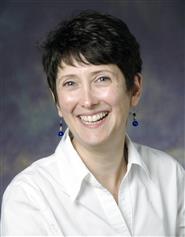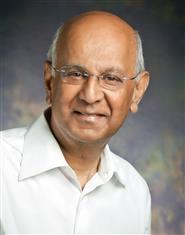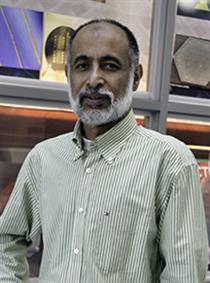 The University of Illinois at Urbana-Champaign is leading three new centers of innovation funded through the National Science Foundation’s Industry/University Cooperative Research Centers (I/UCRC) program.
The University of Illinois at Urbana-Champaign is leading three new centers of innovation funded through the National Science Foundation’s Industry/University Cooperative Research Centers (I/UCRC) program.
Center for Advanced Electronics through Machine Learning
The Center for Advanced Electronics through Machine Learning (CAEML) aims to speed up the design and verification of microelectronic circuits and systems, reducing development cost and time-to-market for manufacturers of microelectronic products, especially integrated circuits. Integrated circuits, or chips, power everything from smart watches to supercomputers. The semiconductor industry–perennially one of America’s top exporters–has been searching for new ways to increase performance while reducing chip size and development cost.
“When products fail qualification testing, it is usually attributed to shortcomings in the models employed by the electronic design automation (EDA) tools,” said Elyse Rosenbaum, principal investigator and a professor of electrical and computer engineering. “Many products have to go through at least one re-spin before entering the marketplace, resulting in the loss of money and time.”
The CAEML Center, co-led by researchers from Georgia Tech and North Carolina State University, seeks to accelerate advances by leveraging machine-learning techniques to develop new models for EDA tools, which semiconductor companies use to create and verify chip designs for mass production.
Center for Computational Biotechnology and Genomic Medicine
Working with colleagues at Mayo Clinic, researchers in the Center for Computational Biotechnology and Genomic Medicine (CCBGM) are advancing pressing societal issues–such as enabling patient-specific treatment of cancer and other diseases, understanding and modifying microbial communities related to human health and agriculture–and supporting humanity’s growing need for food by improving the efficiency of plant and animal agriculture.
The big picture goal is to apply computational genomics across the life sciences industry, but currently it’s challenged by our inability to generate, interpret, and apply genomic data quickly, efficiently, and accurately,” said Ravi Iyer, principal investigator and the George and Ann Fisher Distinguished Professor of Engineering at Illinois. “The amount of data is increasing at such a rapid rate that our ability to apply computing to a wide range of genomic problems is still very limited.”
CCBGM addresses those challenges by developing new computer platforms that can more efficiently scale to the rapidly growing volume, velocity, and variety of genomic data. It focuses on scaling the computation of epistatic interactions (interactions between two or more genes or DNA variants), generating lists of genomic features, and developing information-compression algorithms for genomic data storage and transfer.
Center for Advanced Research in Drying
The new Center for Advanced Research in Drying (CARD) is the first center in the United States dedicated to developing energy-efficient technologies for drying moist, porous materials, a problem affecting the competitiveness of U.S. manufacturers across a wide range of industries. It will be led by Jamal Yagoobi from the Department of Mechanical Engineering at Worchester Polytechnic Institute in Massachusetts. Hao Feng, a food science researcher in the College of Agricultural, Consumer and Environmental Sciences at Illinois, serves as the Urbana-Champaign campus site director for the CARD Center.
The drying process has a direct effect on product quality, from the nutritional value of food to the durability of paper products and textiles,” Feng explained. “Inefficient drying processes also create a significant environmental impact. By working to improve the drying process, we can enable production of products with better quality, speed up the delivery of products, and increase manufacturers’ profit margins so everyone benefits, and we can reduce its adverse effects on the environment.”
Irfan Ahmad, from the College of Engineering, is co-principal investigator/co-site and innovation director of the CARD center.
“Innovation is at the heart of CARD–addressing such challenges as energy conservation, climate change, product safety–and quality–using novel technologies such as micro and nanotechnology-based smart sensors and drying nozzles,”said Ahmad, who is also executive director at the Center for Nanoscale Science and Technology and a research faculty member in the Department of Agricultural and Biological Engineering. “It also envisages new engineering education programs for nurturing innovation in drying as a vital core competency for the next generation workforce.”
More than 30 industry, organization, and government partners have shared their enthusiasm and financial support for the center’s research on drying.
The National Science Foundation provides a framework for industries, universities, and the government to join together to solve problems that require a multi-disciplinary effort such as this one. Each of the new centers is funded for five years through the Industry/University Cooperative Research Centers (I/UCRC) program. Participating institutions collaborate closely with companies who will help evaluate and select specific projects. The corporate connections enable the researchers to understand the real-world problems faced by manufacturers and provide a pipeline of ideas between academia and industry. I/UCRC industry members also help fund the work being done at their related centers.
Source: NSF
Download the complete inside HPC Guide to The Industrialization of Deep Learning






